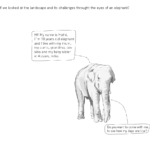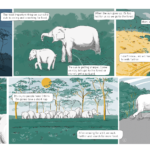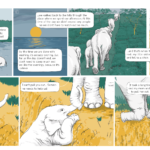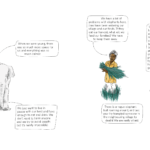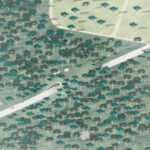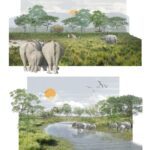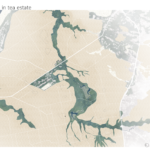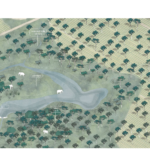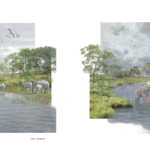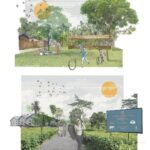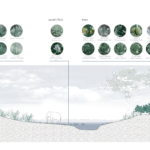(CO)Habitats
Designing landscapes of coexistence between humans and elephants in Assam, India
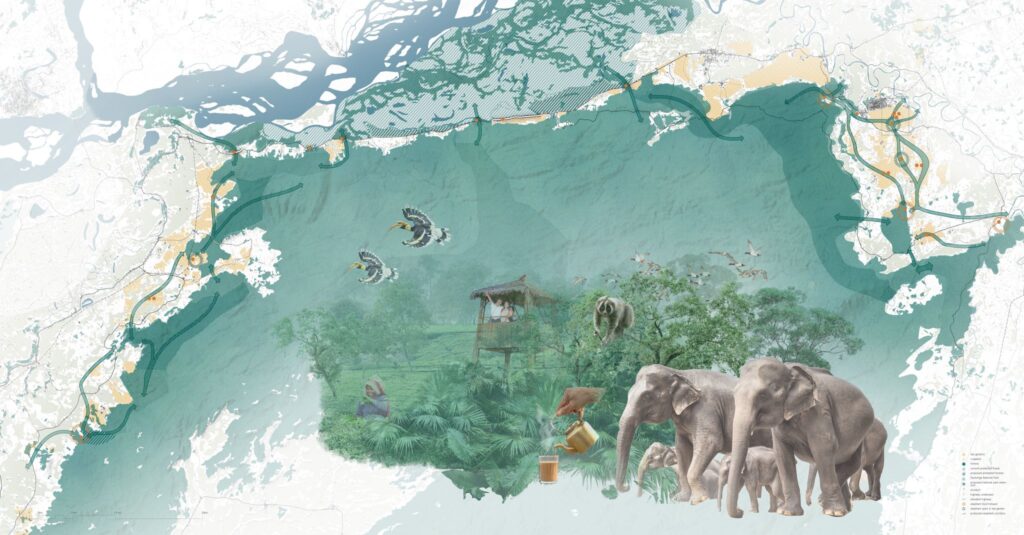
Assam’s elephants face habitat loss due to deforestation and urban expansion, leading to deadly encounters with humans near tea estates and highways. This conflict results in fatalities for both elephants and people, with rural communities suffering crop losses and resorting to harmful measures. A comprehensive solution is needed to ensure coexistence and safety for both humans and elephants.

Author
Tereza Lacigová
Location
Assam, India
Mentors
Dr.ir. Nico Tillie
Remon Rooij
Project links
(CO)Habitats: Designing landscapes of coexistence between humans and elephants in Assam, India

